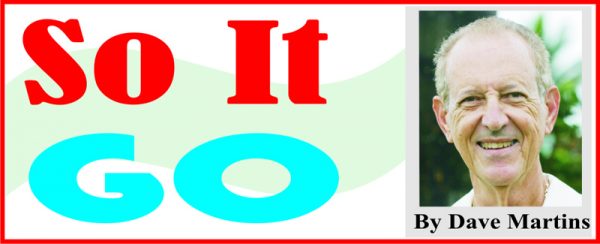
It is a realisation that should be sitting front and centre for us as we struggle with voting along racial lines whenever an election looms. Guyana is a fabric of many strands. The Indian one displaying that colourful culture, with its captivating cuisine and music and dress, so that mutton curry and dhall and the sari and the kurtah are ours; as the African dashiki and metemgee and roasted breadfruit are ours; and, similarly, we have Amerindian strands with pepperpot and tasso, and Chinese ones, not to forget some Portuguese touches (garlic pork and Shrove Tuesday pancakes) and even some colonial ones in bow-ties and English beer.
It may emerge in different forms, and is not necessarily immediately visible, but in many ways Guyanese end up selling ourselves short. Many of us are too busy noticing the different “looks” of our various races to recognise that that very “difference” is potentially our strength; we are a people of all-rounders. Notice that while we see some tendencies in certain careers – Indians and Amerindians in farming; blacks in construction; Chinese in restaurants or laundries; et cetera, that in fact there is considerable racial mingling in all these careers. To be concise, we are a nation of all-rounders, able as a group to put our hand to area B when no vacancies exist in area A, and in difficult economic times that is a condition with considerable value. I was to notice in my first marriage that my two children, Luana and Tony, would often remark on some particular skill or ability I had (repair a broken chair or lawn umbrella, or prune a tree, for instance) that I simply took for granted because of my upbringing; without even thinking about it I had picked up those skills growing up in Guyana, and there were hundreds of migrants like me all over North America impressing their young children in the same way.
Our leaders in various areas, not just in politics, should be pushing and prodding us to see ourselves that way and thereby fostering acceptance of diverse cultural strains – Portuguese and Chinese entrepreneurship; English respect for tradition and manners and integrity in public figures; African music and arts, and respect for their success in debilitating labour (punts; roadwork; porkknockers; sailors; timber workers) and for champion athletes in soccer, cricket, boxing, track and field, cycling; Indians coping with rice-field conditions, water up to the waist, or showing dexterity as gold smiths and farmers; Indian dress and jewellery; cricketers like Kallicharan and Kanhai and Shiv; Indian films and music and paintings from James Boodhoo, and Bernadette Persaud. In our mix, we have Amerindian dress and culinary achievements (pepperpot; cassava bread; dried meat tasso; cassareep) and leaders like Stephen Campbell; Chinese decorations and dragon figures in Mash, as well as fried rice; egg rolls; chow mein; spare ribs; etc., Portuguese garlic pork, Shrove Tuesday pancakes; Madeira wine; it is a huge and varied list, ultimately forming an impressive rainbow which, on closer examination, is seen to be not a monolith but a magical combination.
Granted, the primordial, the fears of “the other” going back to the caves, is at play denying the picture of a fabric to be recognised and flaunted, but until we embrace this condition as ours to treasure, our oft-mention “racial divisions” will continue to cripple us. It is no longer enough to parrot the words of the slogan “One people, one nation, one destiny.” We have to demonstrate by our actions that we believe them. Metaphorically, we have to look at the hammock and see the various strands. Granted, also, there some examples of some of us having reached that state, but they are too few and too occasional. They must become a flood. Without that cultural tsunami, the slogan will remain a dream.




